AOC AG493UCX super ultra-wide 49″ display is an amazing 5120 pixels wide 2K monitors 120Hz 1ms Price in Pakistan
| Brand
Name of the company-manufacturer. |
AOC |
| Model
Designation of the model. |
AGON AG493UCX |
| Model alias
Other known designations of the model. |
AG493UCX |
| Model year
The year in which this model was announced. |
2019 |
Display
Information about the main characteristics of the display – panel, backlight, resolution, refresh rate, etc.
| Size class
Size class of the display as declared by the manufacturer. Often this is the rounded value of the actual size of the diagonal in inches. |
48.8 in (inches) |
| Diagonal
Approximate diagonal size of the display. If the manufacturer does not provide such information, the diagonal is calculated from the width and height of the screen. |
1240 mm (millimeters) 124 cm (centimeters) 48.8189 in (inches) 4.0682 ft (feet) |
| Width
Approximate width of the display. If the manufacturer does not provide such information, the width is calculated from the diagonal and the aspect ratio. |
1193.47 mm (millimeters) 119.347 cm (centimeters) 46.987 in (inches) 3.9156 ft (feet) |
| Height
Approximate height of the display. If the manufacturer does not provide such information, the height is calculated from the diagonal and the aspect ratio. |
335.664 mm (millimeters) 33.5664 cm (centimeters) 13.2151 in (inches) 1.1013 ft (feet) |
| Radius of curvature
There are curved displays, whose curve is part of a circumference (arc). In order to give more precise information about the curve of the screen, often the manufacturer provides data about the radius of this circumference. The smaller the radius, the larger the screen curve. |
1800 mm (millimeters) 180 cm (centimeters) 70.8661 in (inches) 5.9055 ft (feet) |
| Panel manufacturer
Name of the manufacturer of the display panel. |
Samsung |
| Panel type
There are various panel technologies. Each has its own specific features – viewing angles, color reproduction, response time, brightness/contrast, production cost, etc. The image quality depends directly on the type of the display panel used. |
VA |
| Panel bit depth
The most widely used panels are those with 6, 8, and 10 bits for each of the RGB components of the pixel. They provide 18-, 24-, and 30-bit color, respectively. |
8 bits |
| Colors
The maximum number of colors, which the display is able to reproduce, depends on the type of the panel in use and color enhancing technologies like FRC. |
16777216 colors 24 bits |
| Aspect ratio
The ratio between the horizontal and the vertical side of the display. Some of the standard and widely used aspect ratios are 4:3, 5:4, 16:9 and 16:10. |
3.556:1 |
| Resolution
Information about the number of pixels on the horizontal and vertical side of the screen. A higher resolution allows the display of a more detailed and of higher quality image. |
5120 x 1440 pixels |
| Pixel pitch
The pixel pitch shows the distance from the centers of two neighboring pixels. In displays, which have a native resolution (the TFT ones, for example), the pixel pitch depends on the resolution and the size of the screen. |
0.233 mm (millimeters) 0.0233 cm (centimeters) 0.0092 in (inches) 0.0008 ft (feet) |
| Pixel density
Information of the number of pixels in a unit of length. With the decrease of the display size and the increase of its resolution, the pixel density increases. |
109 ppi (pixels per inch) 42 ppcm (pixels per centimeter) |
| Display area
The percentage of the approximate area, taken by the active part of the screen, to the total front area. |
90.8 % (percent) |
| Backlight
The backlight is the source of light of the LCD display panels. The type of backlight determines the image quality and the color space of the display. There are various backlights such as CCFL, LED, WLED, RGB-LED, and etc. |
W-LED |
| sRGB
sRGB is a color space, developed jointly by Hewlett-Packard and Microsoft in 1996. It is used in different devices such as printers, displays, TV sets, cameras, etc. The sRGB color space covers about 72% of the NTSC color space. |
121 % (percent) |
| NTSC (1953)
The NTSC (1953) color space is introduced in 1953 by the FCC with the appearance of color television and has a wider gamut than the sRGB. |
102 % (percent) |
| DCI P3
DCI P3 is a color space, introduced in 2007 by the SMPTE. It is used in digital cinema and has a much wider gamut than the sRGB. |
93 % (percent) |
| Brightness
Information about the brightness of the screen. It is measured in candela per square metre (cd/m²). |
550 cd/m² (candela per square meter) |
| Static contrast
The static contrast shows the ratio between the brightest and the darkest color, which the display can reproduce simultaneously, for example, within one and the same frame/scene. |
3000 : 1 |
| Dynamic contrast
The dynamic contrast shows the ratio between the brightest and the darkest color, which the display can reproduce over time, for example, in the course of playing a video. |
80000000 : 1 |
| Horizontal viewing angle
Information about the maximum horizontal viewing angle, within which the image on the screen is of acceptable quality. |
178 ° (degrees) |
| Vertical viewing angle
Information about the maximum vertical viewing angle, within which the image on the screen is of acceptable quality. |
178 ° (degrees) |
| Coating
Information about the type of coating of the display. There are different types of matte and glossy coatings, each of which has its own advantages and drawbacks. |
Anti-glare/Matte |
| Response time – 1 ms (MPRT – Motion Picture Response Time) |
3D
3D displays use various technologies to achieve a 3D effect. Each of these technologies has its own advantages and drawbacks.
| 3D
Information on whether 3D is supported or not. |
No |
Frequencies
Information about the horizontal and vertical refresh rates/frequencies.
| Horizontal frequency (digital)
The horizontal scan rate/frequency shows the number of horizontal lines, displayed by the monitor per second, when it is plugged to a digital source. |
30 kHz – 200 kHz (kilohertz) |
| Vertical frequency (digital)
The vertical frequency/refresh rate shows how many times in a second the image on the screen is refreshed. |
48 Hz – 120 Hz (hertz) |
Power supply and consumption
Information about the power supply and consumption, energy efficiency class, etc.
| 110V
Permissible voltage tolerance in a 110-volt electric system. |
100 V – 120 V (volts) |
| 220V
Permissible voltage tolerance in a 220-volt electric system. |
220 V – 240 V (volts) |
| Alternating current frequency
Requirement regarding the alternating current frequency in the electric system. |
50 Hz – 60 Hz (hertz) |
| Power consumption (sleep)
Power consumption in sleep/stand by/suspend mode. |
0.5 W (watts) |
| Power consumption (average)
Average power consumption in standard work mode. |
60 W (watts) |
Dimensions, weight and color
Information about the dimensions and the weight of the specific model with and without stand as well as the colors, in which it is offered to the market.
| Width
Width without stand in different measurement units. |
1194.4 mm (millimeters) 119.44 cm (centimeters) 47.0236 in (inches) 3.9186 ft (feet) |
| Height
Height without stand in different measurement units. |
369.4 mm (millimeters) 36.94 cm (centimeters) 14.5433 in (inches) 1.2119 ft (feet) |
| Depth
Depth without stand in different measurement units. |
153.2 mm (millimeters) 15.32 cm (centimeters) 6.0315 in (inches) 0.5026 ft (feet) |
| Weight
Weight without stand in different measurement units. |
10.9 kg (kilograms) 24.03 lbs (pounds) |
| Width with stand
Width with stand in different measurement units. |
1194.4 mm (millimeters) 119.44 cm (centimeters) 47.0236 in (inches) 3.9186 ft (feet) |
| Height with stand
Height with stand in different measurement units. |
467.6 mm (millimeters) 46.76 cm (centimeters) 18.4094 in (inches) 1.5341 ft (feet) |
| Depth with stand
Depth with stand in different measurement units. |
308 mm (millimeters) 30.8 cm (centimeters) 12.126 in (inches) 1.0105 ft (feet) |
| Weight with stand
Weight with stand in different measurement units. |
14.4 kg (kilograms) 31.75 lbs (pounds) |
| Colors
Information about the colors, in which the specific model is offered to the market. |
Black Gray |
Ergonomics
Information about the ergonomic functions – height adjustment, swivel angles, tilt angles, etc.
| VESA mount
Information about whether there is a possibility for wall mounting according to the VESA Mounting Interface Standard (MIS). |
Yes |
| VESA interface
There are many various interfaces under the VESA standard, which differ in the size of the brackets, the distances between the screw holes and their number. |
100 x 100 mm |
| Removable stand
Information about whether the stand can be dismounted. Usually, this is required for wall mounting. |
Yes |
| Height adjustment
Information about whether the stand allows height adjustment. |
Yes |
| Height adjustment range
Information about the extent to which the stand allows the height to be adjusted. |
100 mm (millimeters) 10 cm (centimeters) 3.937 in (inches) 0.3281 ft (feet) |
| Landscape/portrait pivot
Some displays have the ability to operate in landscape and portrait mode alike. |
No |
| Left/right swivel
Information whether the display can be swiveled around the stand axis. |
Yes |
| Left swivel
Maximum swivel degree of the display to the left of the stand axis. |
15.5 ° (degrees) |
| Right swivel
Maximum swivel degree of the display to the right of the stand axis. |
15.5 ° (degrees) |
| Forward/backward tilt
Most displays have the ability to be tilted forward and backward as to provide a more comfortable viewing position for the user. |
Yes |
| Forward tilt
Maximum degree of forward tilting of the display. |
5 ° (degrees) |
| Backward tilt
Maximum degree of backward tilting of the display. |
15 ° (degrees) |
Audio
Information about the audio system – number and power of the built-in speakers, supported audio technologies.
| Speakers
The speaker is a device, which converts electrical audio signals into acoustic vibrations resulting in corresponding sounds. |
2 x 5 W (watts) |
Camera
Many contemporary desktop monitors and smart TV sets have built-in cameras.
| Camera
Information whether the current model has a built-in camera or not. |
No |
Connectivity
Available connectivity ports, slots and interfaces.
| Connectivity
Information about the available connectivity ports, slots and interfaces such as USB, infrared port, SD card slot, audio/video and network interfaces, etc. |
1 x USB (DisplayPort; 65W) 1 x USB 3.2 (Gen 1; upstream) 3 x USB 3.2 (Gen 1; downstream) 2 x HDMI 2.0 2 x DisplayPort 1.4 1 x 3.5 mm Audio Out |
| High-bandwidth Digital Content Protection (HDCP) |
Features
Some additional functional features of the model.
| Features
Information about additional software features, technologies, functions and services of the model. |
AMD FreeSync technology Adaptive-Sync Technology Dark field control Flicker-free technology FPS / RTS mode Game tone adjustment Low Blue light Picture-by-Picture |
Certificates, standards and licenses
Licenses from regulatory agencies, standards, certificates.
| Certificates, standards and licenses
List of the standards, certificates and licenses supported/received by the current model. |
CCC CH RoHS CEL Win10 CE FCC cTUVus ISO 9241-307 VESA DisplayHDR 400 |
Accessories
Often the packaging of desktop monitors and smart TV sets includes accessories for them.
| Accessories
Information about some of the main accessories included in the standard packaging of the current model. |
DisplayPort cable USB upstream cable USB Type-C cable Remote control |

 Action Cameras
Action Cameras Video Camera
Video Camera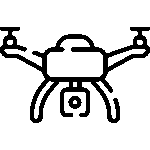 Drones
Drones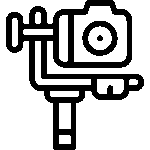 Gimbals
Gimbals Microphone
Microphone DRLR & Mirrorless
DRLR & Mirrorless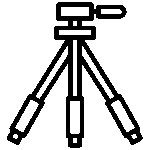 Tripods
Tripods
 All In One
All In One Desktop Computers
Desktop Computers Mac Mini
Mac Mini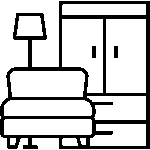

 Projectors
Projectors

 Tablets
Tablets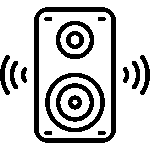 Speakers
Speakers
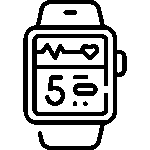





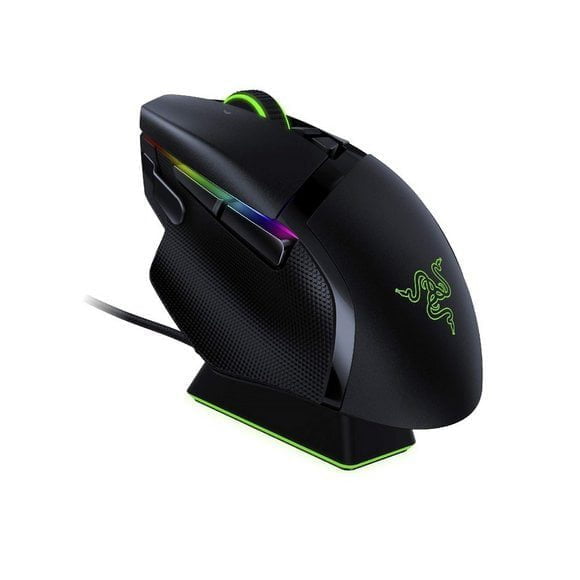
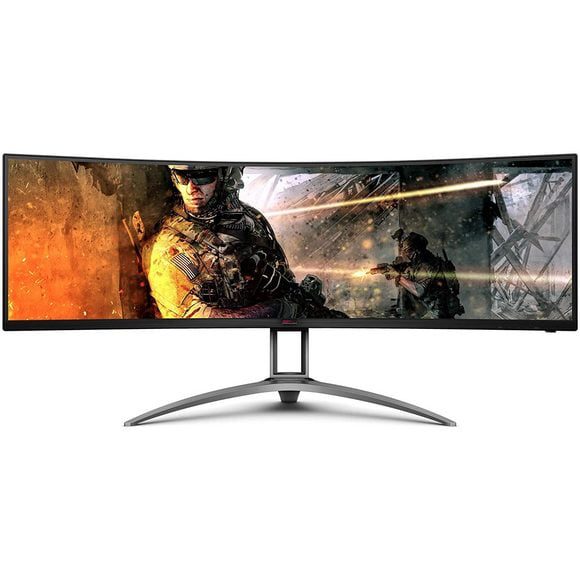
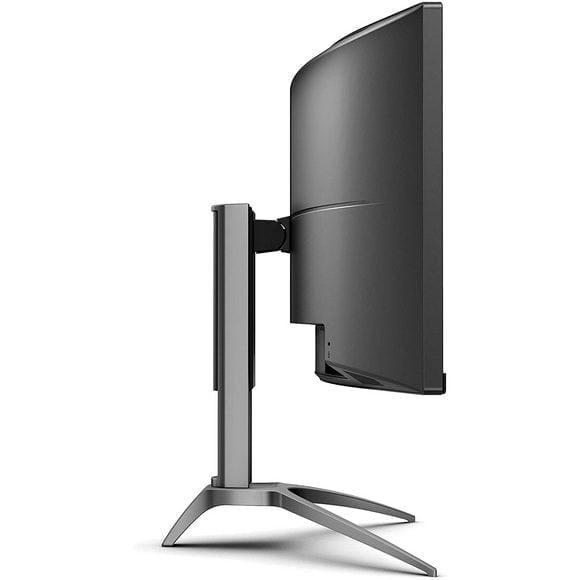
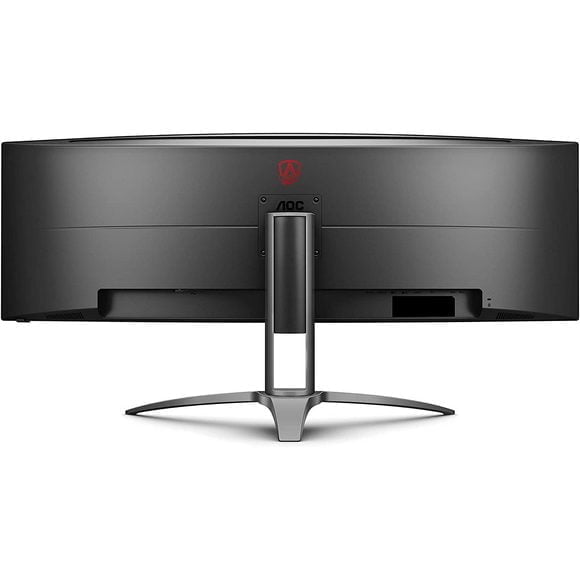
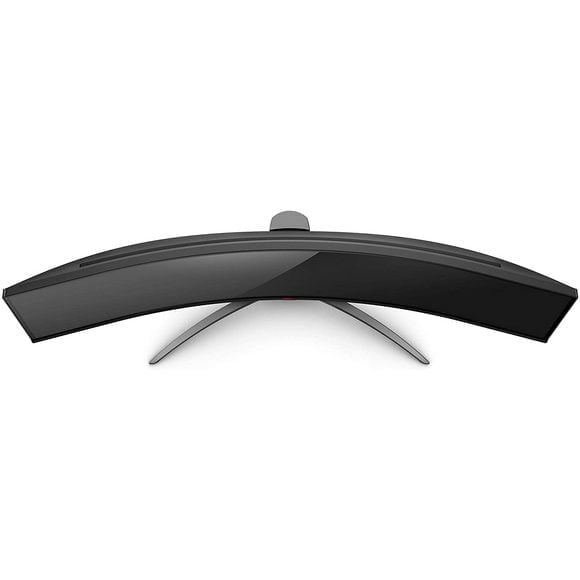

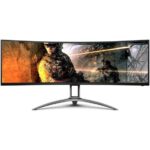

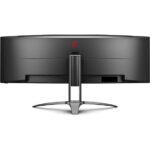
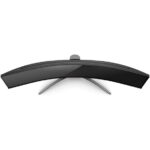






 Wide Range of
Wide Range of